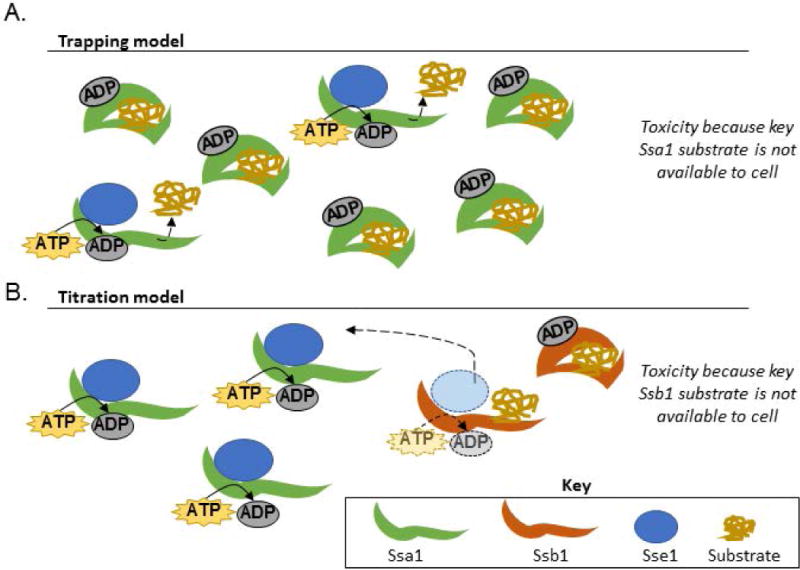Figure 3. Model for cause of Ssa1 toxicity.

(A) The “trapping” model suggests that overexpressing Ssa1 is toxic because crucial proteins are not made available to the cell. Ssa1 overexpression leads to a relative lack of available nucleotide exchange factors, so bound substrates are not efficiently cycled through the folding process. Overexpressing Sse1 partially relieves the mismatch between available Ssa1 and available NEFs. (B) The “titration” model suggests that Ssa1 overexpression causes cofactors to interact less frequently with Ssb1 due to stoichiometric imbalances. Titrating cofactors, such as the Sse1, could lead to decreased Ssb1 activity, causing reduced growth. Overexpressing Sse1 would restore the activity of both chaperones by increasing cofactor availability.
